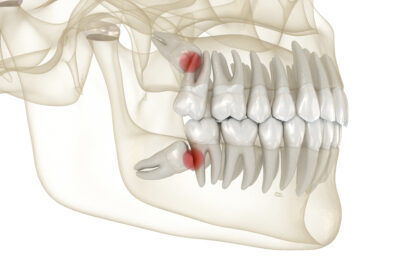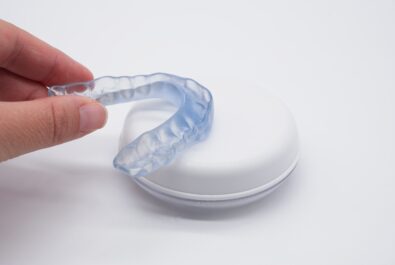Did you know that third molars are synonymous with wisdom teeth? They were originally referred to as “teeth of wisdom” because they emerged much later than the rest of the permanent teeth. Third molars often appear in the mouth of a person in their late teens or early twenties. Some people have third molars that never emerge from the gum tissue and some people never develop them at all. Most people have two molars in each quadrant of the mouth: upper right, lower right, upper left, and lower left. Molars are the teeth used for grinding and are in the back of the mouth.
Why do we have them?
Anthropologists believe that because of our more difficult diet of harder to chew foods, humans once needed a third set of molars. With utensils and an easier diet, we no longer need the third set.
Why do we remove them?
There are times when third molars or wisdom teeth do not need to be removed. Third molars that cause overcrowding in the mouth need to be removed so that the rest of the teeth are not shifted and made crooked. If a wisdom tooth remains impacted in the gum and never emerges, it is possible for a condition called pericoronitis to occur. Pericoronitis is in infection that occurs between the gum tissue and the third molar. Symptoms of the infection include swollen gum tissue at the back of the mouth, accidentally biting down on gum tissue in the back of the mouth, and bad breath. The infection will often last a week, but will return months or weeks later. If left untreated, the infection can spread to other parts of the body. Extracting impacted third molars is often the best way to remove the infection.
Learn more about your third molars
Dr. Hofkes is highly trained in impacted third molar extraction. To schedule a consultation with Dr. Hofkes, contact us today by calling 562-584-4082. We proudly serve patients of all ages from Cerritos, Lakewood, Long Beach, Buena Park, and all surrounding communities.














